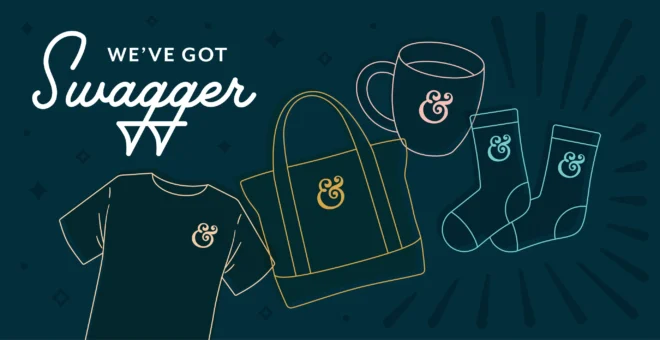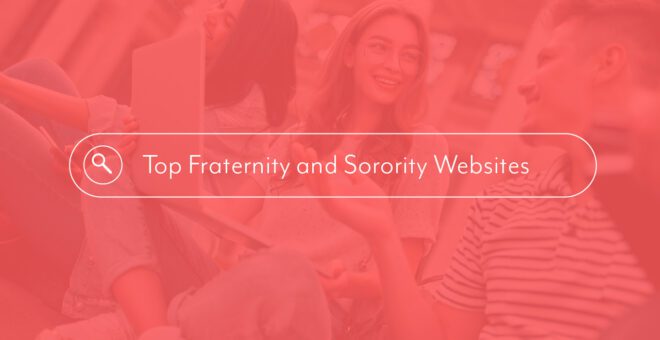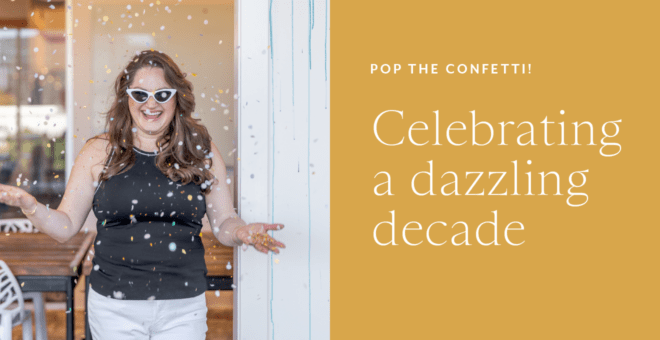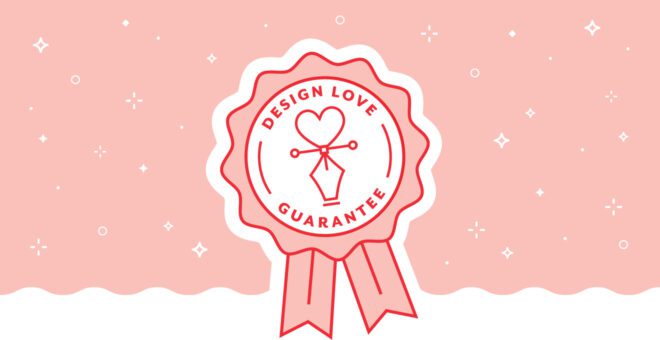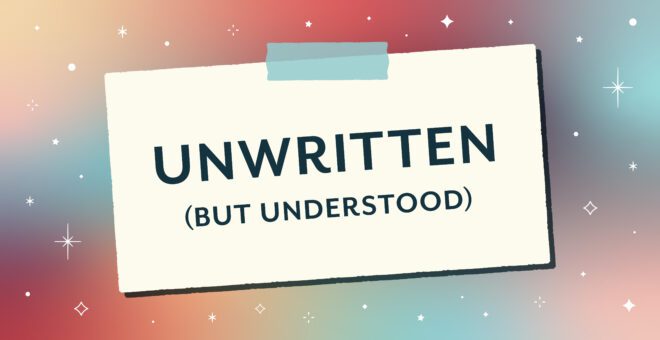In case you haven’t noticed, we don’t just like a good giveaway, we love ‘em. Whether it’s a conference table tchotchke, a mailable memento or even a whimsical wearable, we are all in on creating custom designs that people want to pick up and put on. But what’s the difference between swag with swag-ger and […]
Continue Reading >We’ve Got Swag-ger
